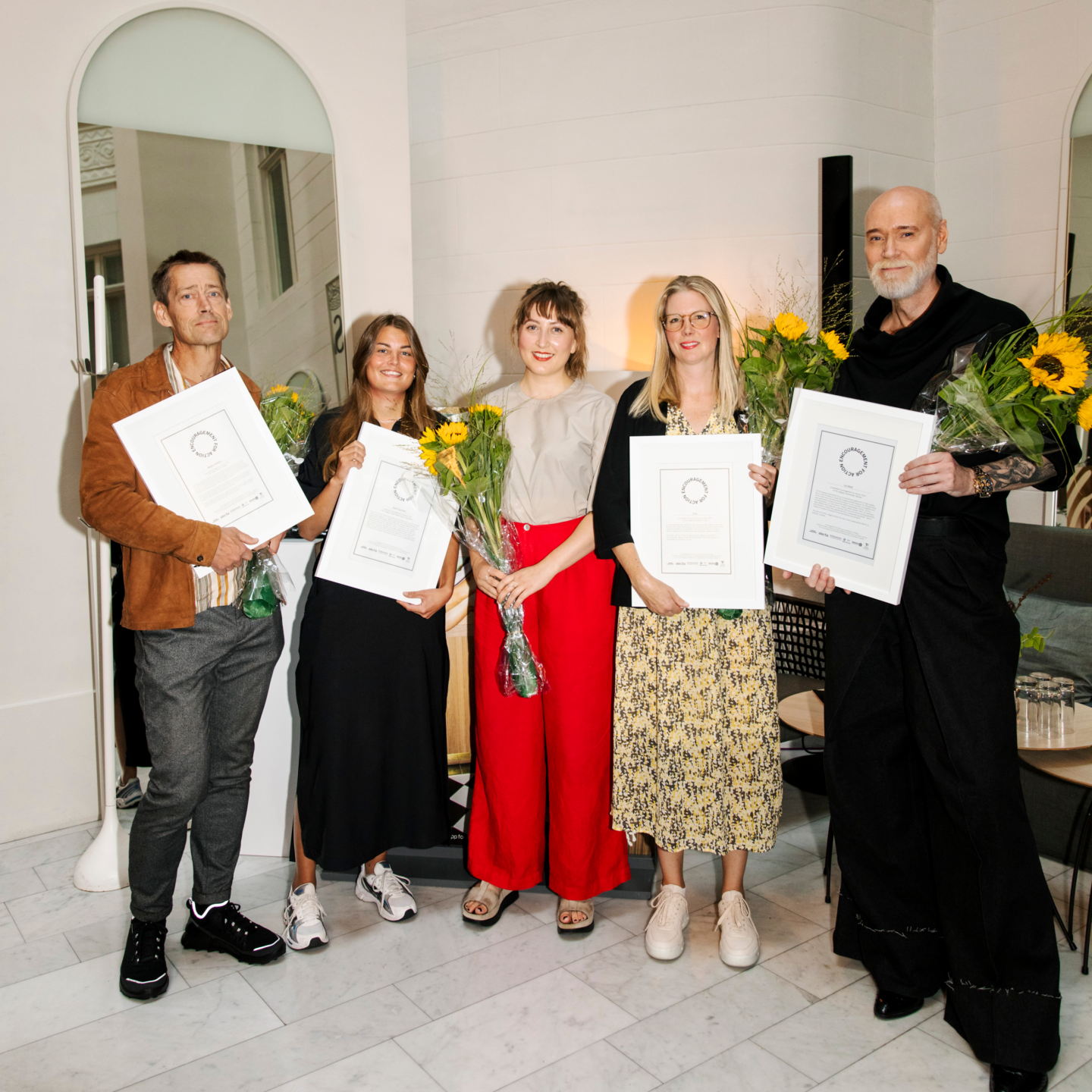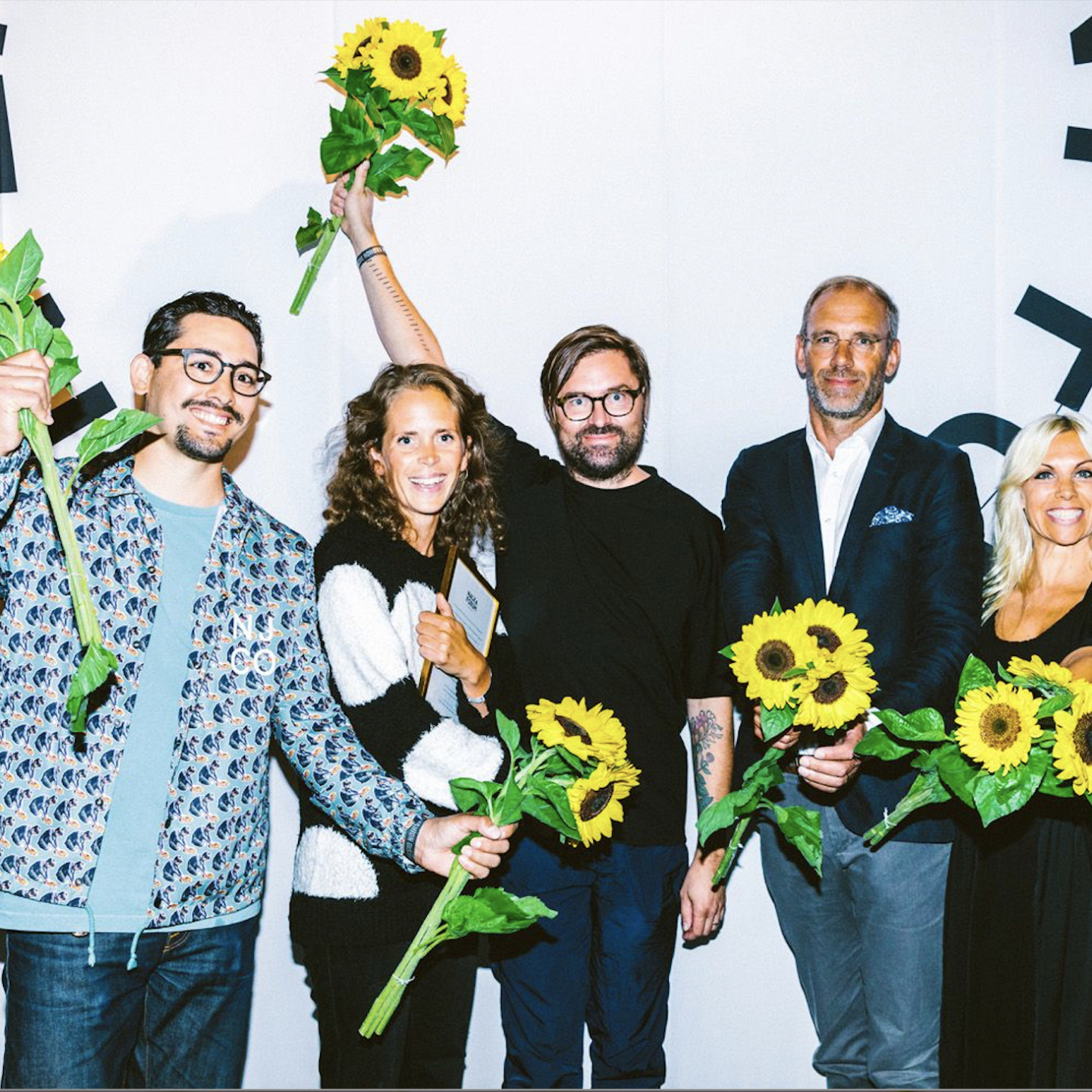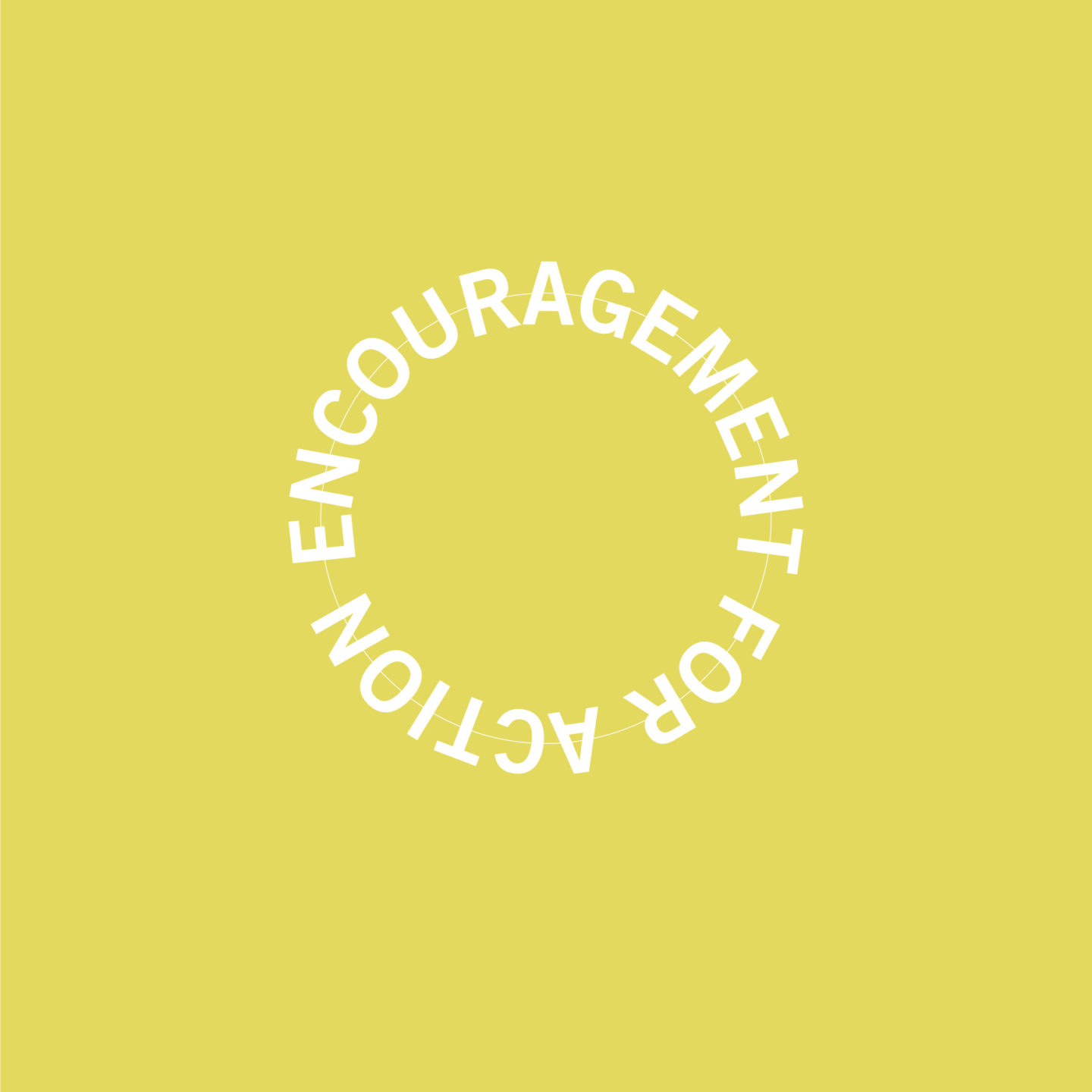THE NOMINATION IS OPEN FOR ENCOURAGEMENT FOR ACTION 2024
The nomination is open, if you know a company that inspires with its sustainability work that you think should receive a little extra attention, read more about the respective category, the criteria and the nomination here.

Encouragement for Action
Encouragement for Action was established in 2018 by Stockholm Fashion District as an encouragement award with the aim of promoting sustainable development in the fashion industry. Together with the ethical council, a renowned jury, organizations, and stakeholders in our network, Stockholm Fashion District awards selected Swedish companies, brands, and initiatives recognition for their work. The award is an encouragement to continue on the chosen path and as an inspiration to others to continue developing their sustainability journey. In this way, Stockholm Fashion District contributes to creating attention and awareness around important matters within sustainability in our industry.
Philip Warkander, Assistant Professor, the Swedish School of Textiles and chairman of Encouragement for Action’s ethical council and author of the foreword that frames what sustainability in the fashion industry means. Read the preface below.
A curated exhibition of nominated and previous winners based on the 17 global sustainability goals is presented in connection with the announcement of the winners and then makes various announcements. Previously, it has been presented on World Trade Day, during Fashion Week Trade and Nordic Fabric Fair (previously named Preview Fabrics & Accessories) in its entirety. Most previously it was presented at the Swedish Institute in Paris in September 2022, in conjunction with Paris Fashion Week.
PRESS CONTACT: MODIN STUDIO, efa@modinstudio.com

EFA consists of four categories
Closing the Loop
For their groundbreaking innovations that take us closer to circular material flows for textiles.
The enabling of reuse and a circular economy where waste and the environmental impact have been minimized to the extent that a cycle exists or is perceived as an opportunity close in time. New business models are the solution to the problem of continued consumption in a more sustainable manner with respect for raw materials, the environment, and people.
Previous winners: Rekotex (2018), Re:newcell (2019), OnceMore (2020), Popswap (2021), Siptex (2022), STICA founded by The Sustainable Fashion Academy (2023)
Read more about the previous winners in the category Closing the Loop >>
Fashion Innovation
An innovation that solves previously unsolvable problems or contributed to raising awareness of the need for a shift in mindset.
Digital and innovative advances that have led to, or in the near future will lead to, a positive sustainable change. We encourage those who with a new perspective or through new technology have found solutions and linked fashion to development. Innovation stands for daring to be a visionary and pave the way for others.
Previous winners: WeAreSpindye (2018), Atacac (2019), Guringo Design Studio (2020), Coloreel (2021), Wargön Innovation (2022), IMOGO (2023)
Read more about the previous winners in the category Fashion Innovation >>
Fashion Retail Talks Sustainability
Because their business idea includes the usage and reusage without compromising on identity, personal expression, and style.
The use of digital or physical meetings with the customer to encourage consumers to make more sustainable choices regarding how and what to consume at the time of purchase. Sales must involve caring for the customer, and all actors must be part of the journey towards a more sustainable consumer society.
Previous winners: Filippa K (2018), Nudie Jeans (2019), Arkivet Second Hand (2020), Dedicated (2021), Houdini Sportswear (2022), Grandpa (2023)
Read more about the previous winners in the category Fashion Retail Talks Sustainability >>
Sustainable Identity
For their strong identity, transparency, and clear positions.
A product or brand that with its sustainable identity has entered the market with a narrative. In the conversation about the product or brand, we become aware of sustainability as a starting point, which accompanies the product or brand in its encounter with the outside world.
Previous winners: Swedish Stockings (2018), Bite Studios (2019), Asket (2020), Rave Review (2021), Lars Wallin (2022), Bitxtol Textiles (2023)
Read more about the previous winners in the category Sustainable Identity >>

The ethical council & jury groups 2023
The ethical council
Philip Warkander, Swedish school of textiles
Camilla Modin Djanaieff, Modin Communication
Hanna Wittrock, Swedish school of textiles
Jury group for the category Closing the Loop
Camilla Kock, Vice Chairman Trade Partners Sweden / Worldline
Marie Jonsson, Rekotex
Angeline Elfström, OnceMore
Kajsa Guterstam, Svenska Institutet
Linda Pimmeshofer, Microsoft
Nora Eslander, Renewcell
Jury group for the category Fashion Innovation
Ebba Hultberg, Stockholm Fashion District
Jennie Rosén, Swedish Fashion Council
Andreas Andrén, OddMolly
Erik Lindwall, Guringo
Nils-Krister Persson, University of Borås
Simon Hjelte, Borås Ink
Johan Magnusson, Scandinavian Mind
Jury group for the category Fashion Retail Talks Sustainability
Helena Waker, Stockholm Fashion District
Gabriel Duke, Sveriges Textilhandlare
Karin Strassburg, Invest Stockholm
Caroline Hamrin, Arkivet
Mathias Forsberg, Nacka Kommun
Nickie Excellie, Alecta Fastigheter
Johan Graffner, Dedicated
Jury group for the category Sustainable Identity
Vanessa Leporati, Stockholm Fashion District
Anna Blom, Modejournalist
Kajsa Åström, Habit Sko & Mode
Jon Bergsman, WDW Creative
Nina Campioni, ELLE.se
Linn Frisinger, Swedish Stockings
Konrad Olsson, Scandinavian Mind
Preface
”Fashion is one of the most central cultural expressions of our time. With our clothes, we communicate who we are, but also who we want to be. Fashion can be creative and playful, a way to push boundaries and challenge outdated norms. In addition, fashion is also an important industry; in Sweden alone, the industry employs just under 60,000 people, the majority of whom are women. But the influence of fashion is not entirely positive. Next to the oil industry, the fashion and textile industry is considered the most polluting in the world. There are several reasons – from raw materials being produced in unsustainable forms to garments being thrown in the rubbish when the consumer is tired of them and wants something new. The clothes that, on the one hand, create jobs and joy in many people’s everyday lives, on the other hand, contribute to an increasingly polluted world. For a long time, it was difficult to see how these seemingly different stories belong together. Today, we know better: They are two sides of the same coin.
We are now facing a critical situation. But the question of how fashion – both in production and consumption – can become more sustainable is far from easy to answer. There is no universal cure. Clothes are both basic goods and luxury consumption, so the solution is neither a ban nor that we stop buying clothes. The goal should rather be to reduce overconsumption, that we use the clothes we already have – more often and for longer periods. Instead of reprimands and bans, we should provide good examples: We should highlight new solutions and alternatives for what a more sustainable fashion can look like, rather than pointing the finger at those who have not come as far.
One way to circle the problem is to think both deeply and broadly. We should ask ourselves which stories about fashion are communicated – how can we share the positive development that is already taking place in Sweden and in the Nordic countries? It is about changing the narrative, to encourage new consumption patterns and ways of understanding fashion. At the same time, it is important to be concrete and study the development at a detailed level, so that knowledge of the technological and digital advances that are made will benefit more people. One of the biggest challenges is the knowledge gap between companies and consumers. How can information about sustainable alternatives be conveyed in a transparent and credible way to consumers, and which communication tools work best in the environments where companies and customers most often meet, such as in department stores, via digital platforms, and on store floors? In addition, from a more general perspective, how can we most effectively create as closed a cycle as possible? Already early in the design process, critical questions should be asked about the possibility of material recycling and, of course, about how the garments are transported from the factory to the wardrobe.
The question of the sustainability of fashion is far from new. On the other hand, it has gained new relevance with the climate changes we are already seeing. For that reason, the entire fashion industry is now facing a common challenge. Business models that were lucrative just a few years ago have today often played their part. The growth of the future must take place in a way that does not harm nature or ourselves. At the same time, it is a fact that no one can do everything themselves, but that everyone can still do something. That is why we now want to go from word to deed, highlight the good examples and pave the way for a more concrete way of making fashion sustainable, for the benefit of all and for our common future.”
Project group
Helena Waker, helena@tradepartners.se
Filip Neborg, filip.neborg@tradepartners.se
Linn Brännare, linn@stockholmfashiondistrict.se
Linda Ekström, linda.ekstrom@tradepartners.se
Ebba Hultberg, ebba@tradepartners.se
Partners & patrons


